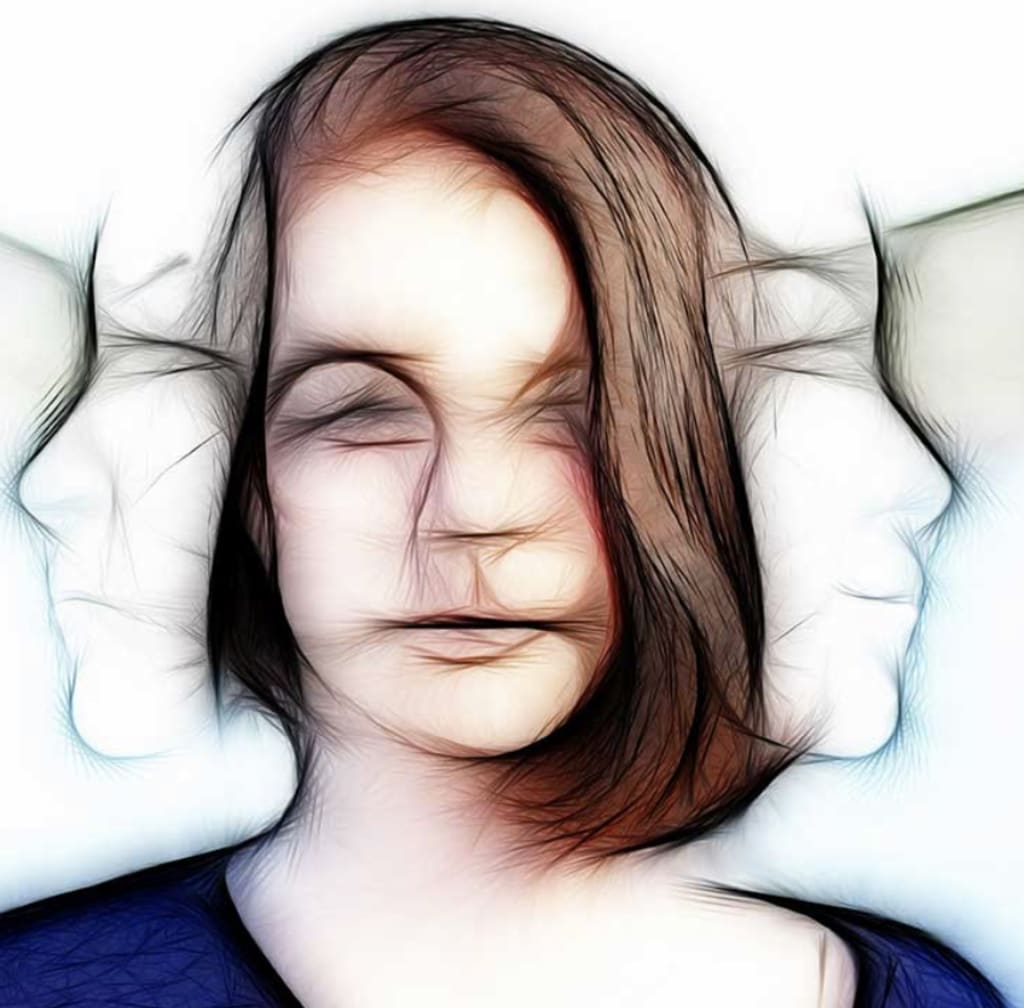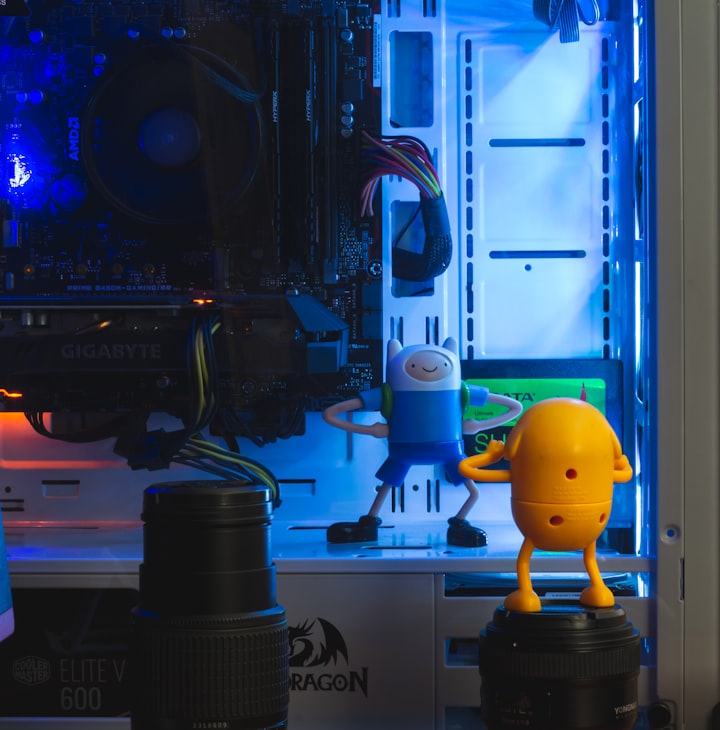Personality Disorder
What is personality disorder?

A Personality disorder can be defined as a consistent pattern of thoughts, emotions, and behaviors that differ from the cultural norms and expectations. It encompasses the way an individual experiences their inner world and how they interact with others.
To understand "inner experience," let's consider an analogy using a glass of water. Imagine a glass that is filled halfway. If someone perceives it as half full and someone else perceives it as half empty, it illustrates how individuals can have different perspectives based on their inner experiences. One person may lean towards a more positive outlook, while the other may lean towards a more negative one. Both perspectives are valid, but they may have contrasting tones or viewpoints.
In the context of a personality disorder, this pattern of inner experience and behavior should significantly impact at least two out of four areas: thinking patterns, emotional expression, interpersonal relationships, and impulse control. These areas are crucial in assessing the impact a personality disorder has on an individual's overall functioning.
In addition, the pattern of inner experience and behavior exhibited by individuals with personality disorders is characterized by inflexibility and can impact various aspects of their lives. This pattern typically becomes noticeable during late adolescence or early adulthood and often leads to difficulties, such as internal distress or problems in relationships, work, or school.
Personality disorders can be categorized into three clusters based on shared characteristics. Cluster A personality disorders are characterized by individuals who may appear odd or eccentric. The first Cluster A personality disorder is paranoid personality disorder. This disorder is marked by a consistent pattern of distrust and suspiciousness, where affected individuals tend to interpret the motives of others as malevolent.
Another Cluster A personality disorder is schizoid personality disorder. Individuals with this disorder exhibit a pattern of detachment from social relationships and typically have a limited range of emotional expression.
In Cluster B personality disorders, individuals typically display dramatic, emotional, or erratic behaviors. There are four specific disorders in this cluster.
Antisocial personality disorder involves a persistent pattern of disregarding and violating the rights of others. People with this disorder often find themselves in frequent trouble with the law or engage in chronic rule-breaking behavior without facing consequences.
Borderline personality disorder is characterized by unstable interpersonal relationships, self-image, and emotional expression, along with marked impulsivity. Individuals with this disorder often experience a chaotic and turbulent life.
Histrionic personality disorder exhibits a pattern of excessive emotionality and attention-seeking behavior. Individuals with this disorder tend to be extremely dramatic, displaying their emotions openly. They may also form superficial connections easily and consider almost anyone their dear friend.
Narcissistic personality disorder is characterized by a grandiose sense of self-importance, an excessive need for admiration, and a lack of empathy. The lack of empathy hinders the narcissist's ability to understand and appreciate the needs and feelings of others.
Within Cluster C personality disorders, individuals often exhibit tendencies of anxiety and fearfulness. This cluster comprises three specific disorders.
Avoidant personality disorder is characterized by a persistent pattern of social inhibition, feelings of inadequacy, and an intense sensitivity to negative evaluation. People with this disorder may experience significant anxiety in social situations, often resembling symptoms of social anxiety disorder.
Dependent personality disorder is marked by a pattern of submissive and clinging behavior, driven by an excessive need to be taken care of by others. Individuals with this disorder may struggle with making decisions independently and rely heavily on others for support and reassurance.
Obsessive-compulsive personality disorder involves a pattern of preoccupation with orderliness, perfectionism, and a need for control. People with this disorder may exhibit rigid and inflexible behaviors as they strive to maintain a sense of order and precision in their lives.
While personality disorders are classified as disorders in the Diagnostic and Statistical Manual, they are not typically considered mental illnesses in the same way as conditions like schizophrenia, bipolar disorder, depression, or ADHD. Mental illnesses often involve disruptions in brain chemistry that contribute to their development.
In contrast, personality disorders are characterized by enduring patterns of thinking and behavior that develop alongside an individual's personality. It is important to note that we all possess certain personality features or traits associated with different disorders to some extent. It is considered part of the normal spectrum of human behavior.
However, if an individual exhibits several traits of a specific disorder to a significant degree, leading to dysfunction across various areas of their life, it may be diagnosed as a personality disorder. For example, someone may display narcissistic traits without meeting the full criteria for narcissistic personality disorder.
It is crucial to consult with a mental health professional for a comprehensive assessment to determine the presence and impact of any personality disorder or related traits.
About the Creator
Marlene Silvio
I am a daughter, mother, friend, and colleague. I enjoy being in nature as it is a refreshing and rejuvenating experience. Psychology is a fascinating field that delves into understanding human behavior and the mind.






Comments
There are no comments for this story
Be the first to respond and start the conversation.